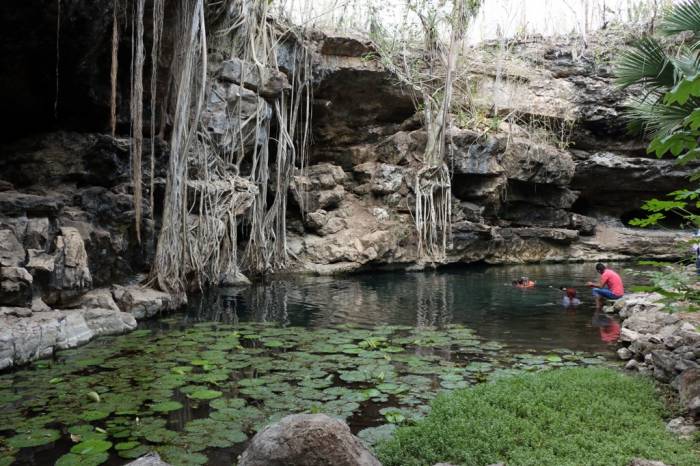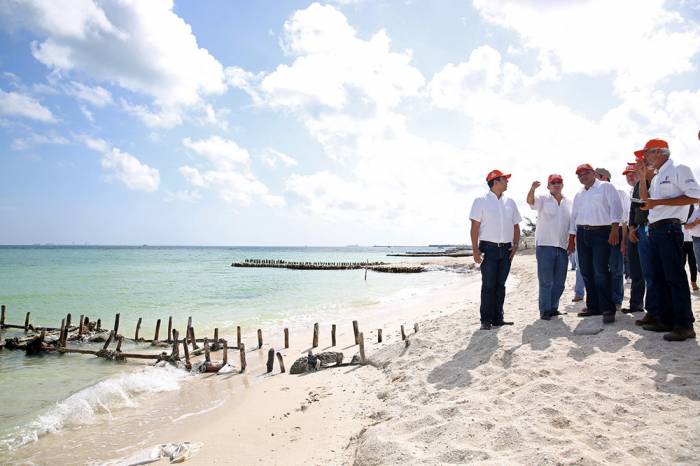At least $10 million pesos ($555,500 USD) a year are required for cleaning and maintenance of the most important beaches, cenotes, springs and mangroves in Yucatan. So far in 2016, $1.6 million pesos ($89,000 USD) have been invested in this activities, according to the Ministry of Urban Development and Environment (Secretaría de Desarrollo Urbano y Medio Ambiente: Seduma).
The head of Seduma, Eduardo Batllori Sampedro, said that the coastal areas currently most affected by tourism are the beaches from Progreso to Dzilam Bravo.
In response, Seduma, in coordination with the Secretariat of Environment and Natural Resources (Secretaría de Medio Ambiente y Recursos Naturales: SEMARNAT) and the National Forest Commission (Comisión Nacional Forestal: CONAFOR), seek resources to continue with the rescue and conservation programs of these centers of biodiversity.
“The Mexican Navy has also participated in the conservation of these ecosystems, along with the social sector of the federal and state governments offering temporary employment in the construction of canals to recover spaces of watershed connectivity,” Eduardo Batllori Sampedro continued.
“Several groups and governmental agencies are working on conservation efforts to support biodiversity, such as Cinvestav and Uma Sisal, various conservation programs are currently being carried out in the areas previously mentioned,” he said.
Job creation
Batllori Sampedro noted that currently the State Government works in the conservation of water sources in the area of Progreso and Chicxulub, as well as the site known as “El Corchito” and the area of Chuburna Puerto, where authorities work in the dredging and cleaning of canals for a better water flow.
“$1,400,000 pesos ($77,700 USD) have been invested so far this year, but we are seeking more resources to work on the conservation of these areas, if we could invest some $10 million pesos ($555,500 USD) a year, this could improve significantly the conditions of these areas,” Eduardo Batllori added.
He concluded saying that conservation activities also generate jobs in the area, precisely in the fishing community. During certain seasons the fishermen can work on cleaning and recovery tasks, providing them with an extra income during fishing ban, and aiding the local community with new sources of employment.
Source: http://sipse.com/



